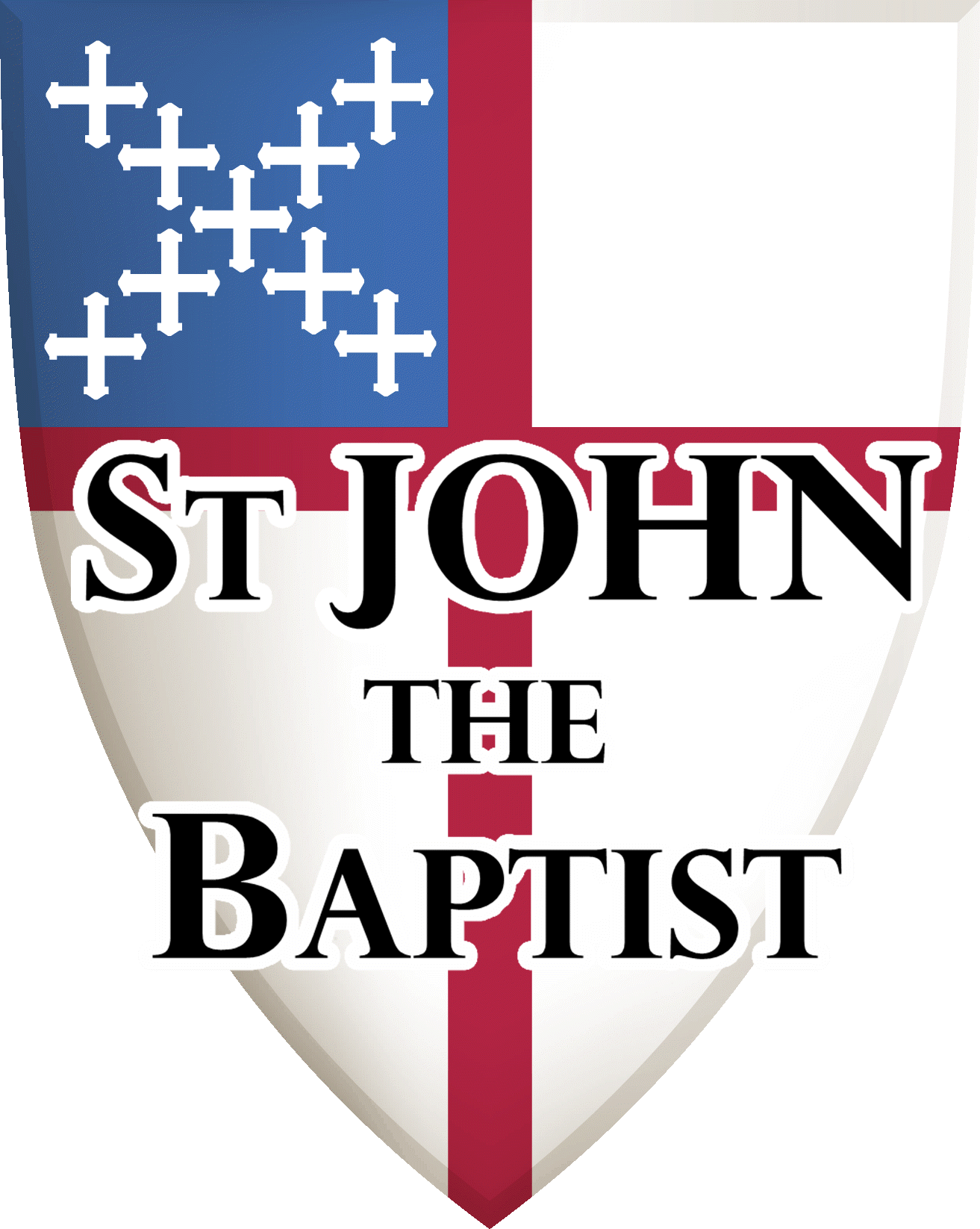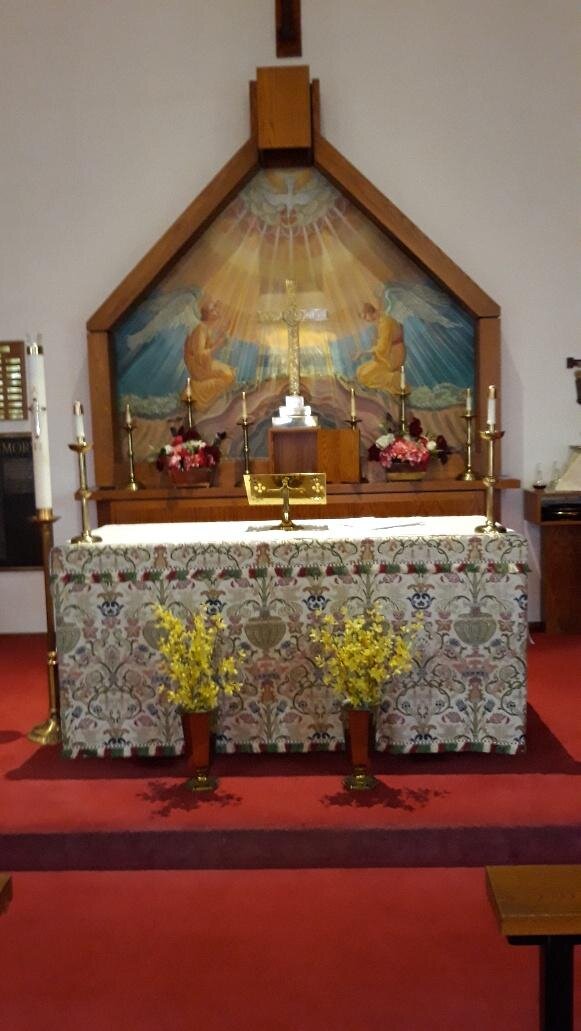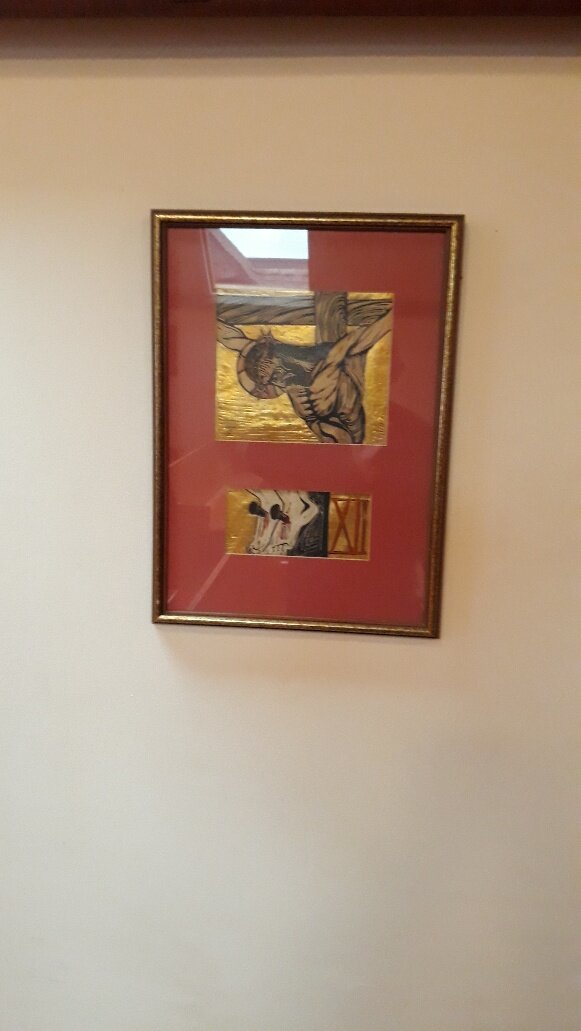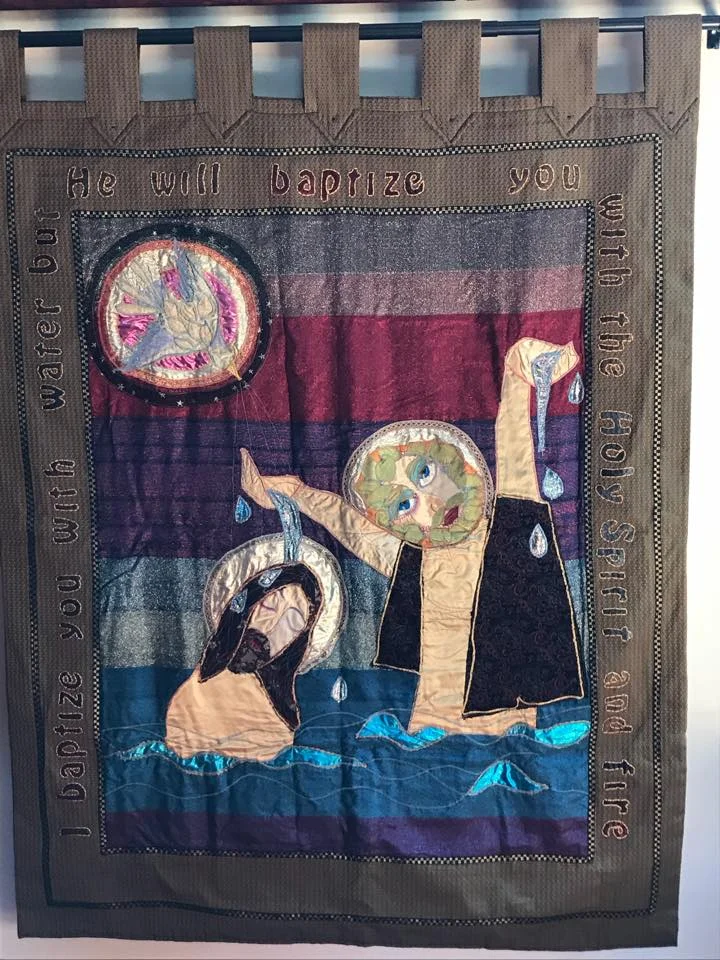Our History — 1 Community from 3 Churches
The Episcopal Church of St. John the Baptist traces its history to three churches: St. Luke the Evangelist in Roselle, N.J.; Grace Episcopal Church, Linden, N.J. and St. Andrew's Episcopal Church, Linden, N.J.
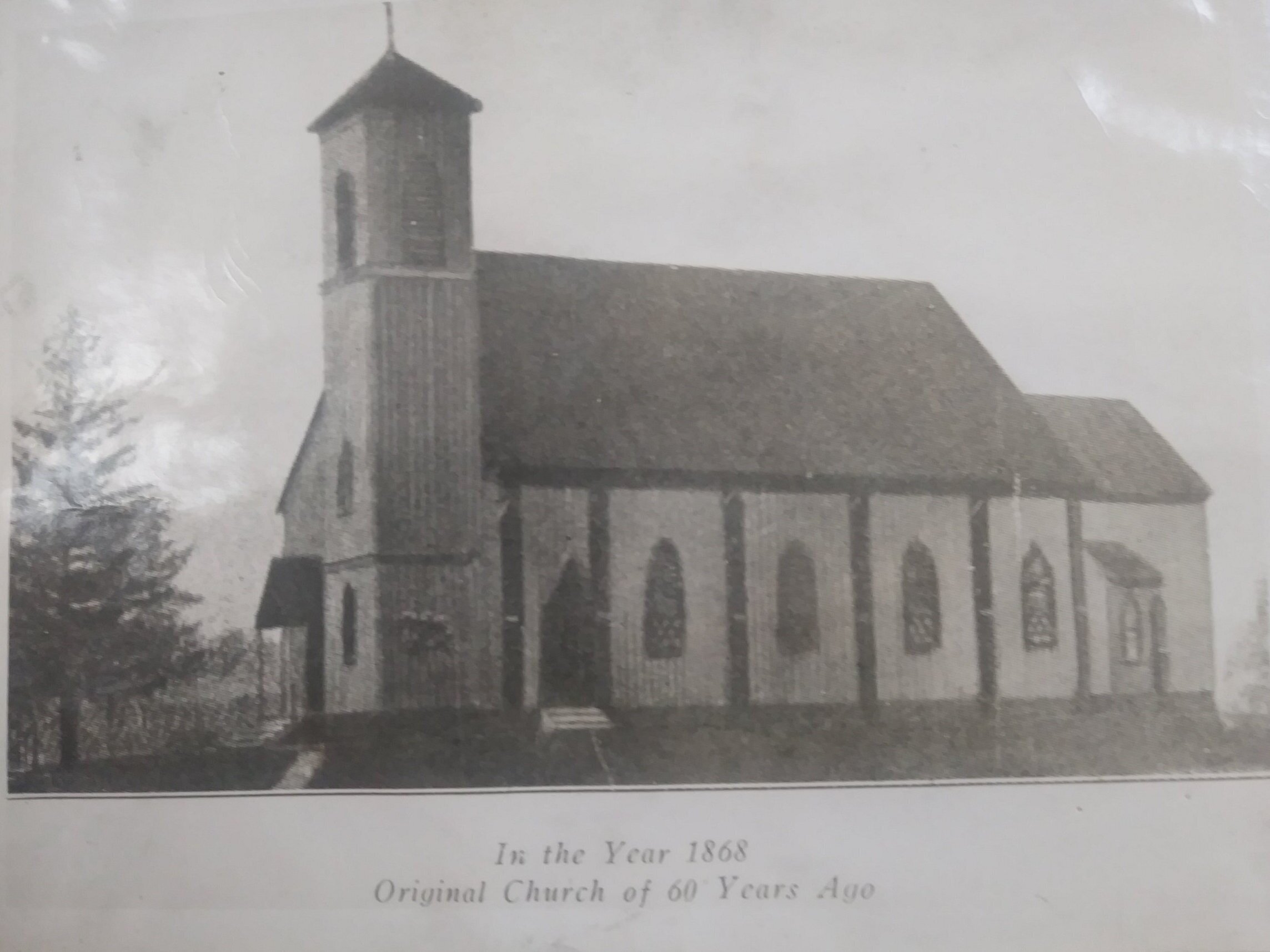
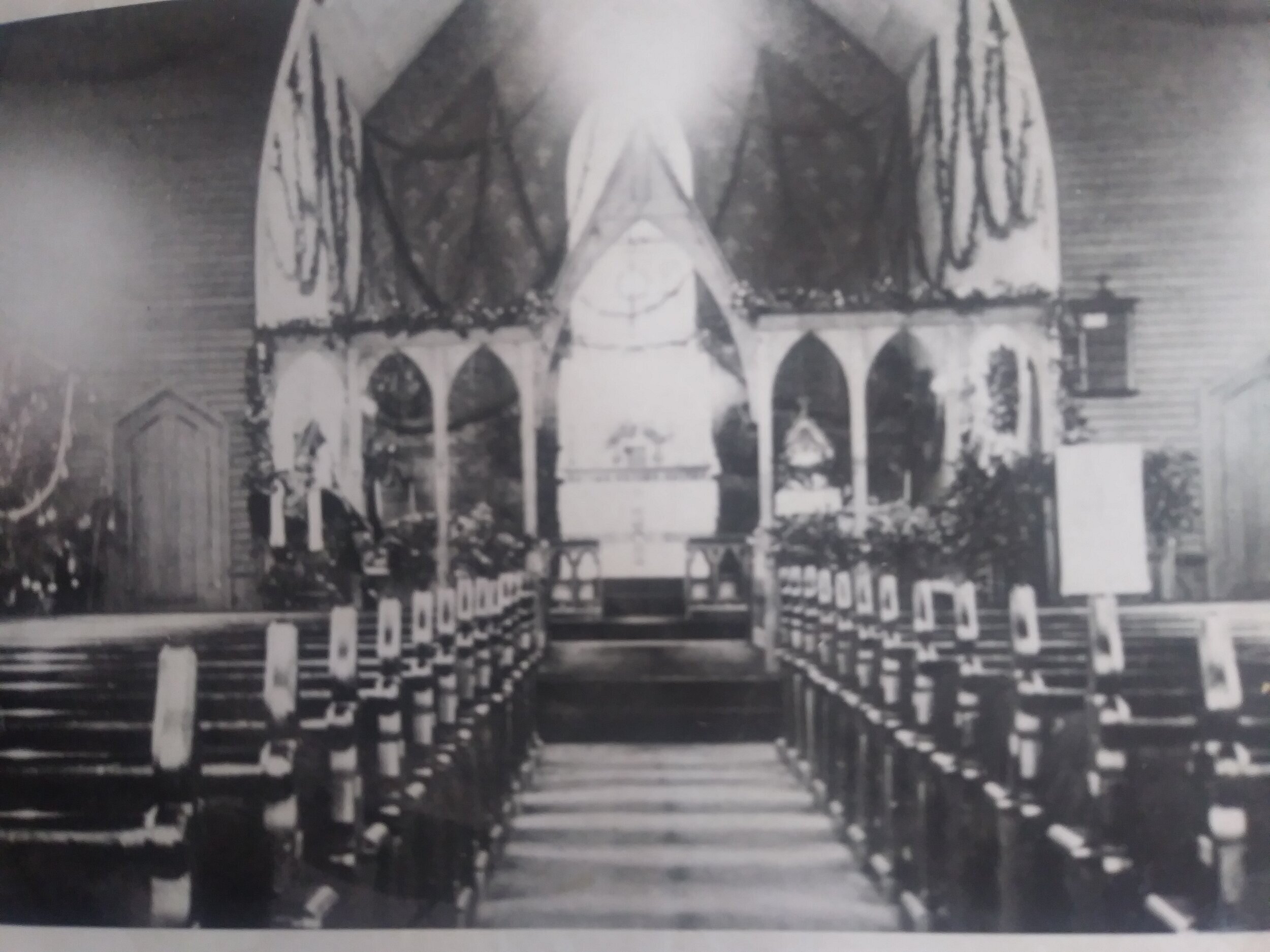
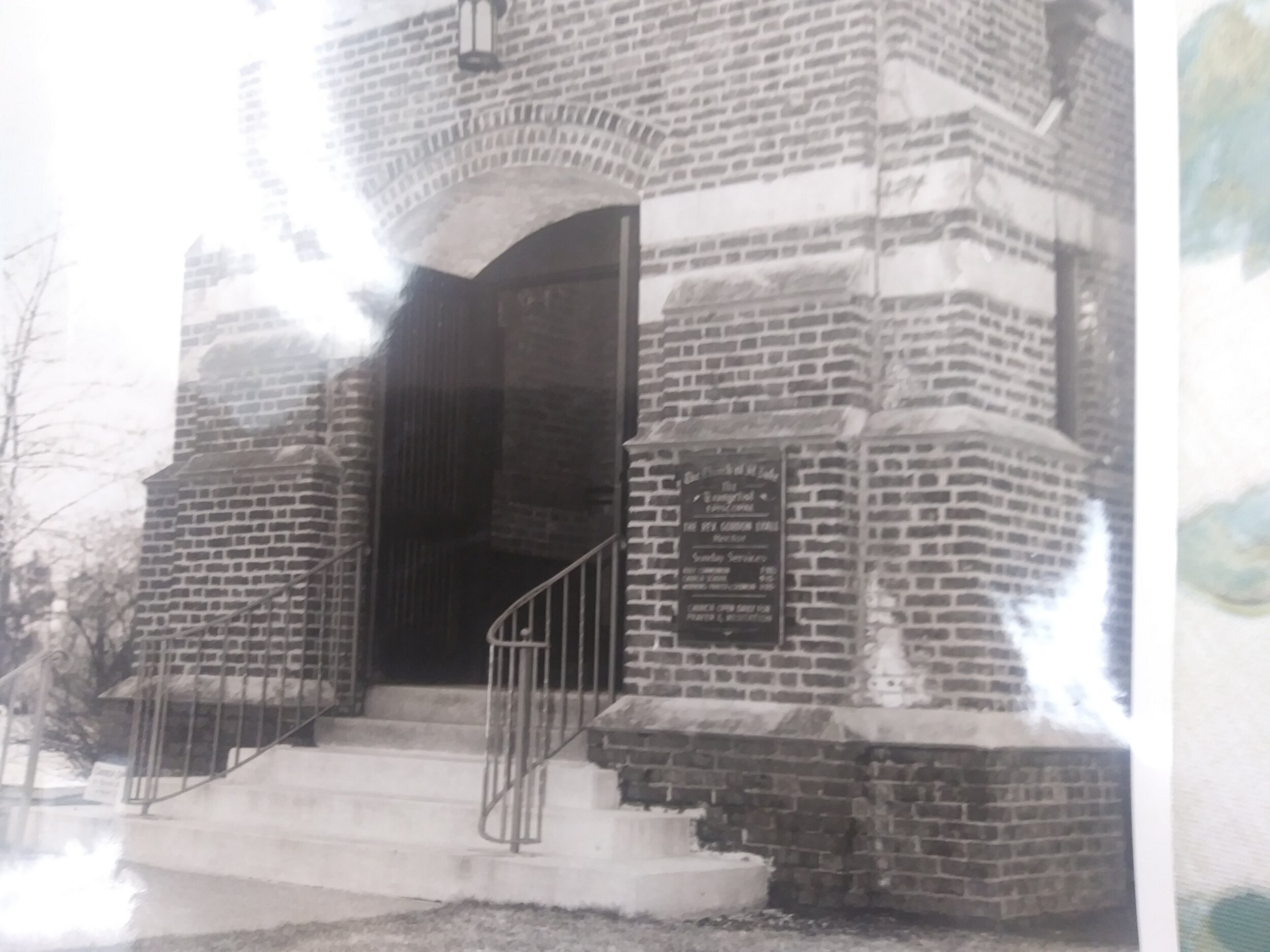
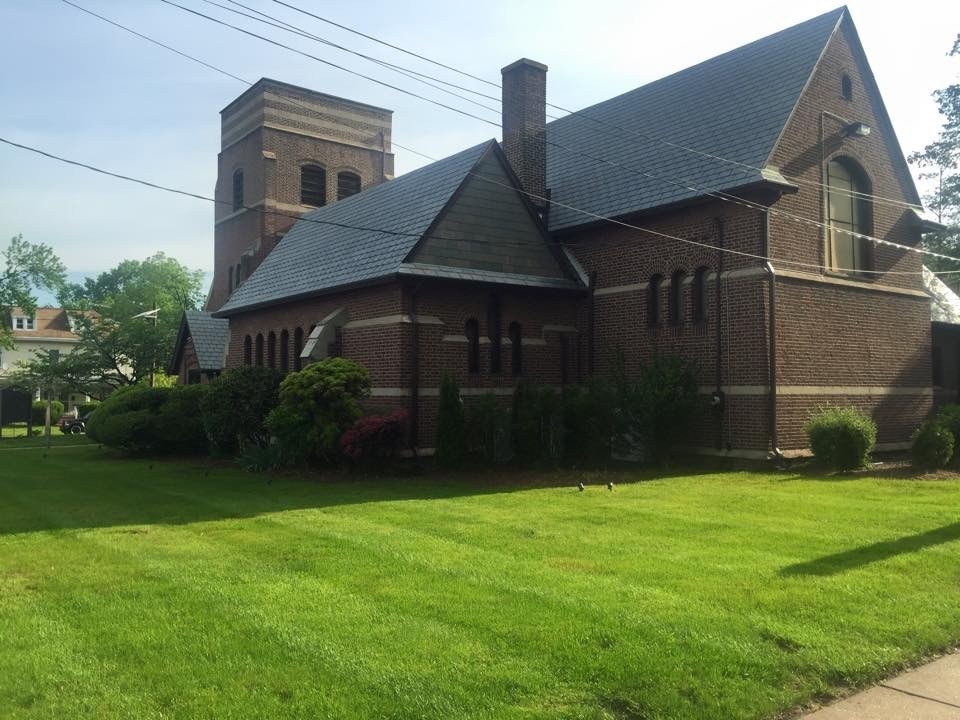
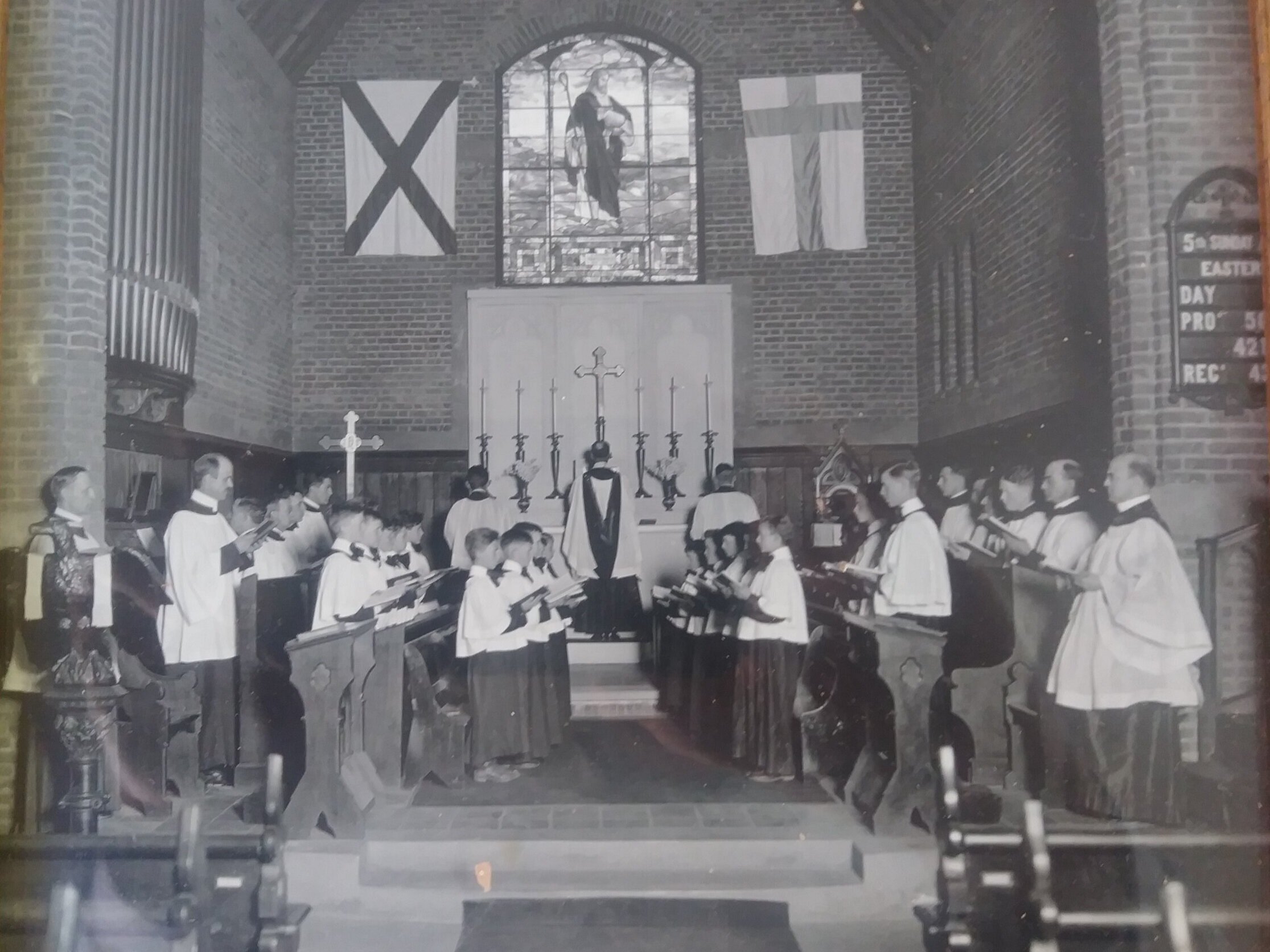
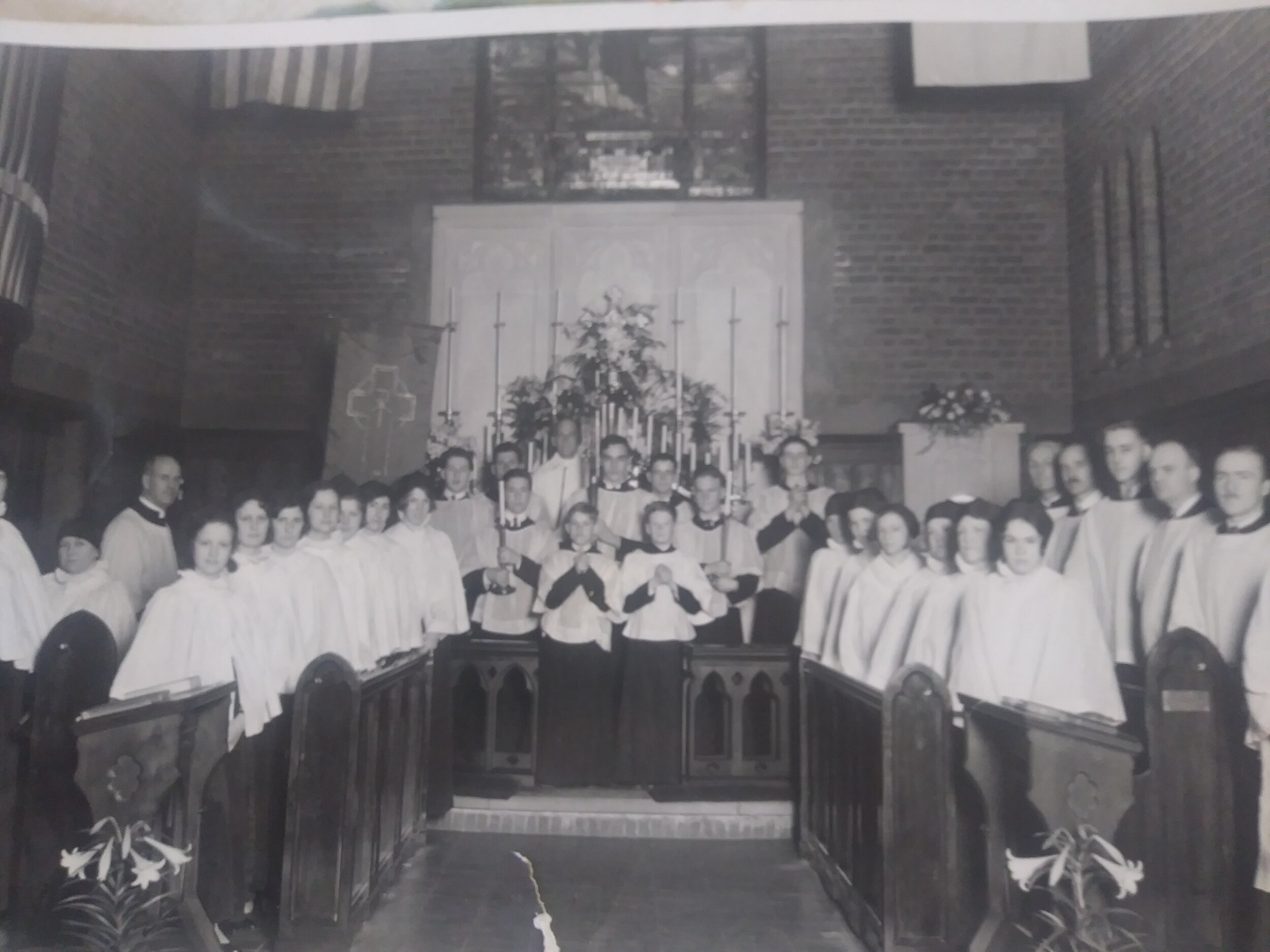
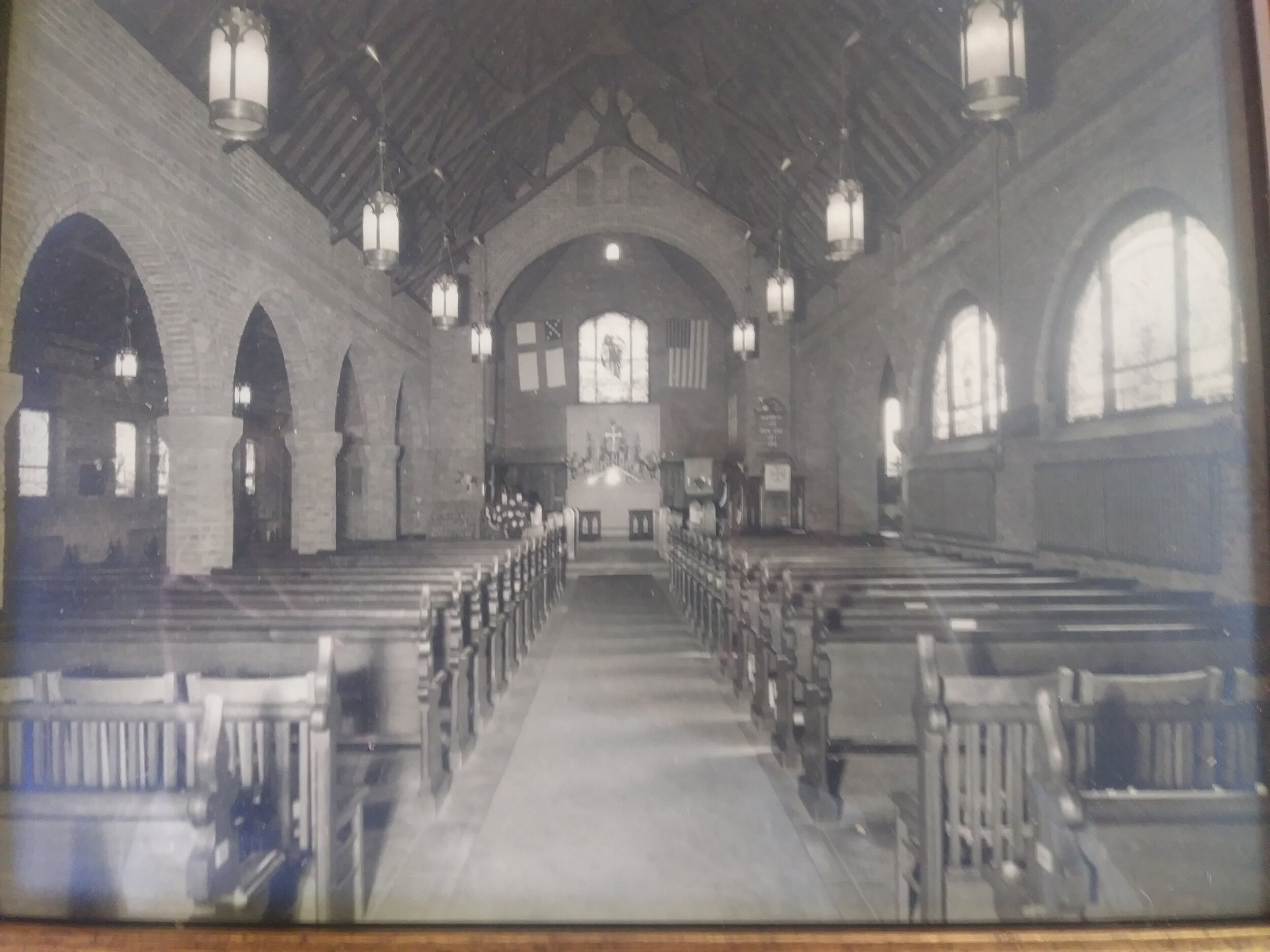
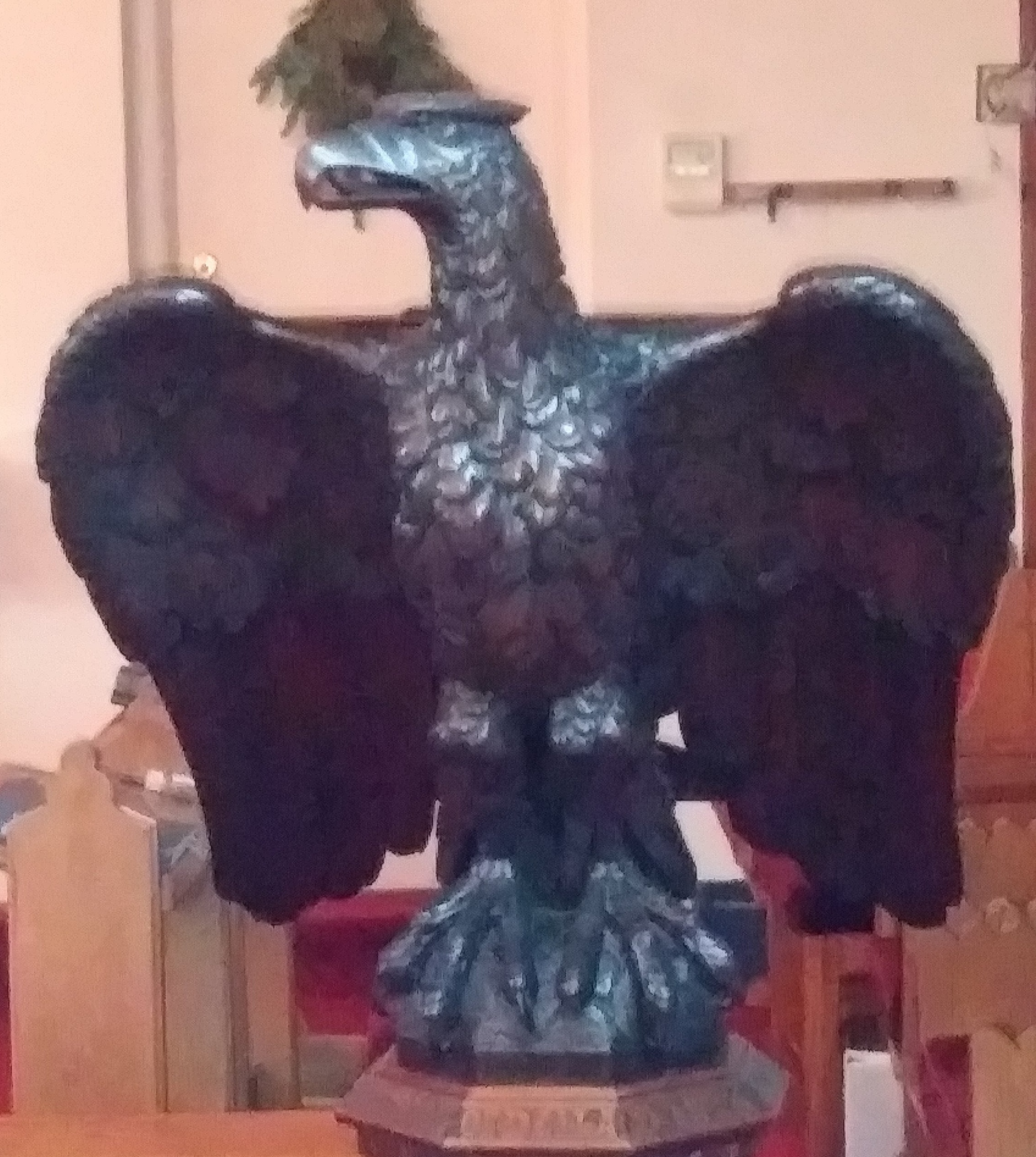

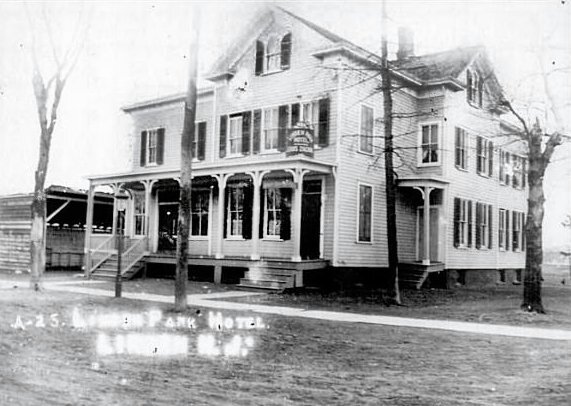
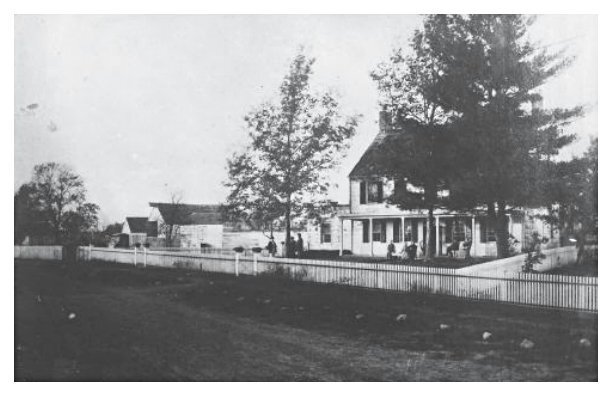
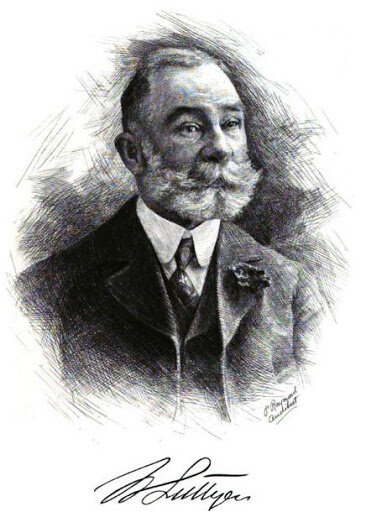
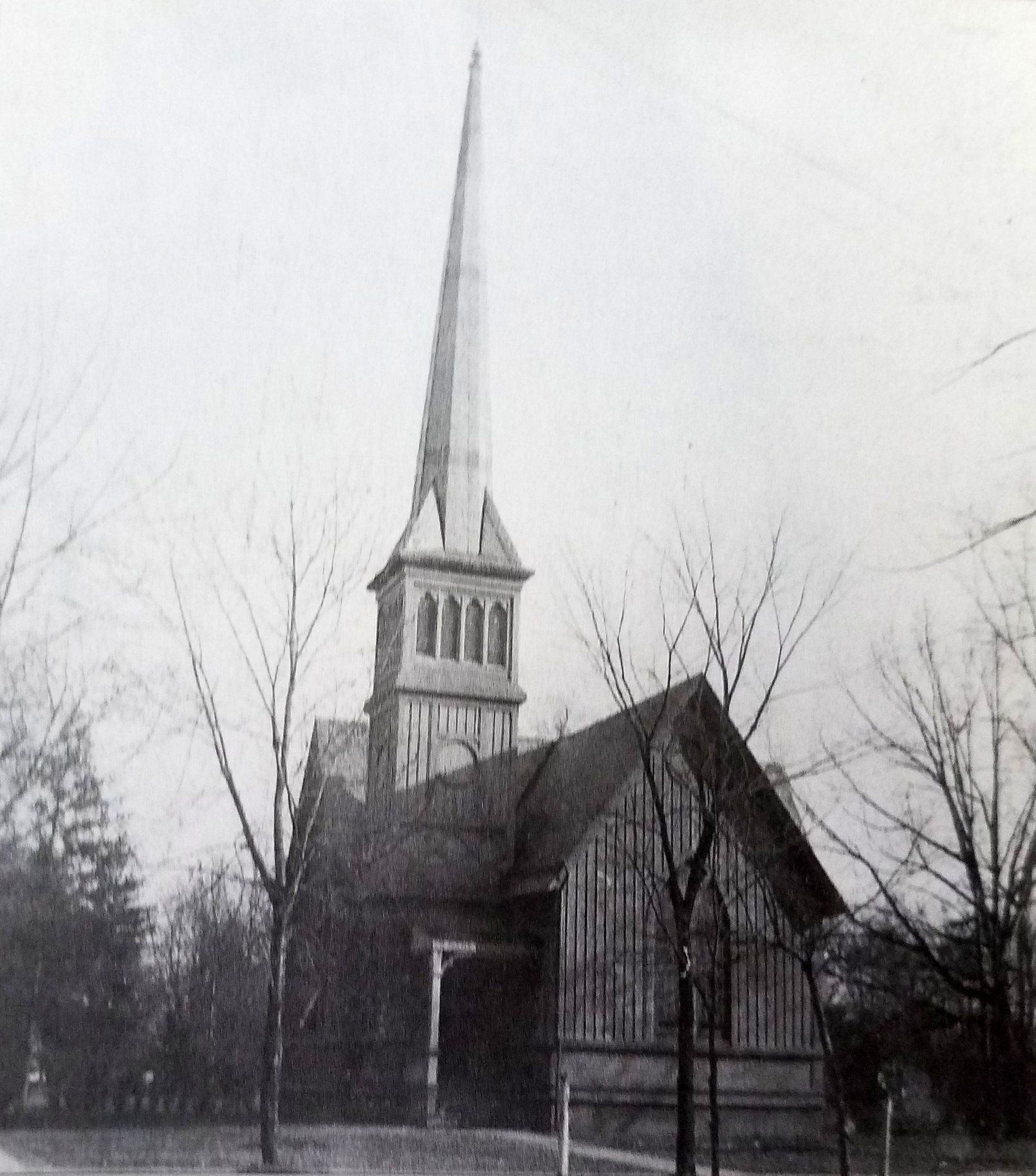

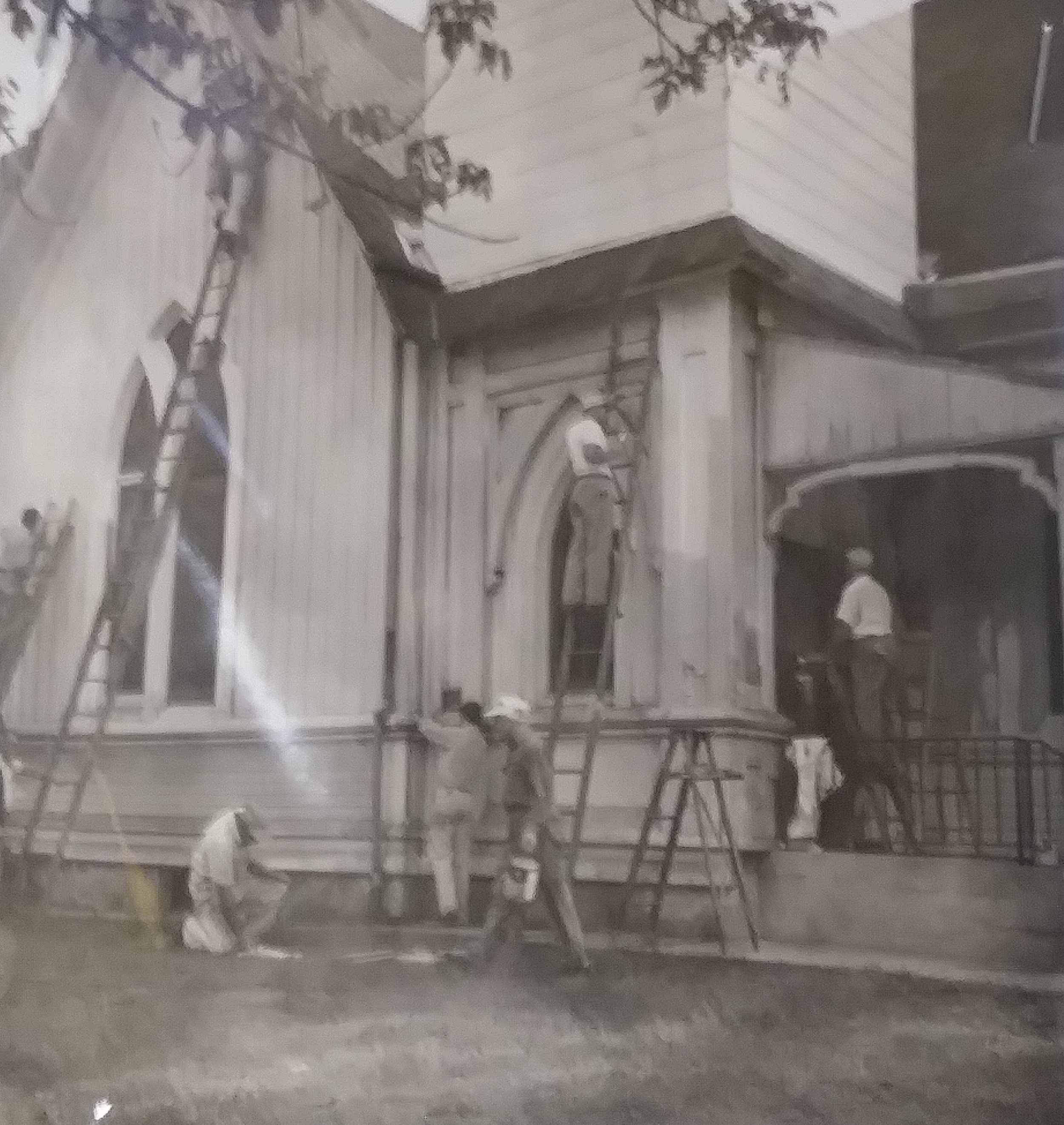
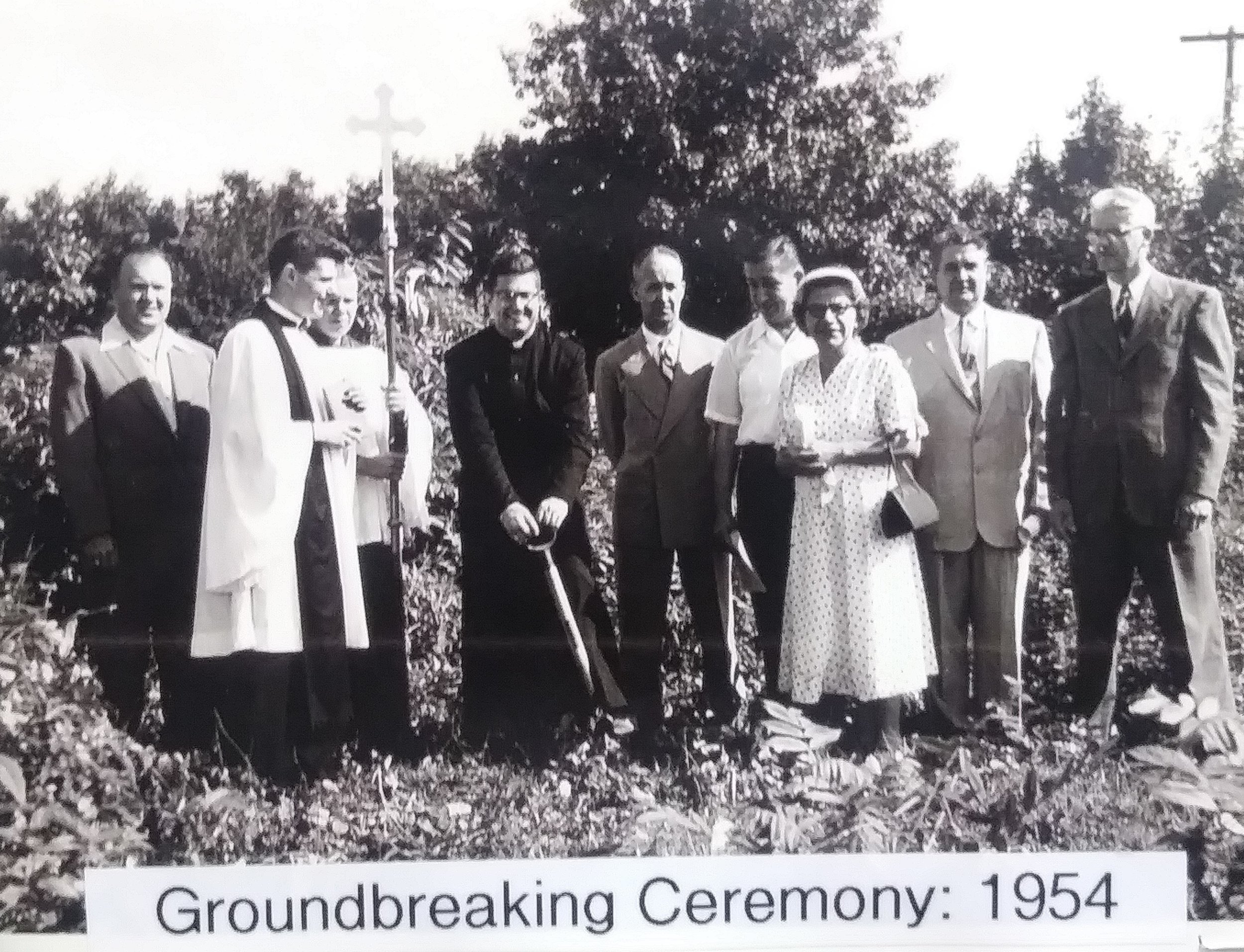
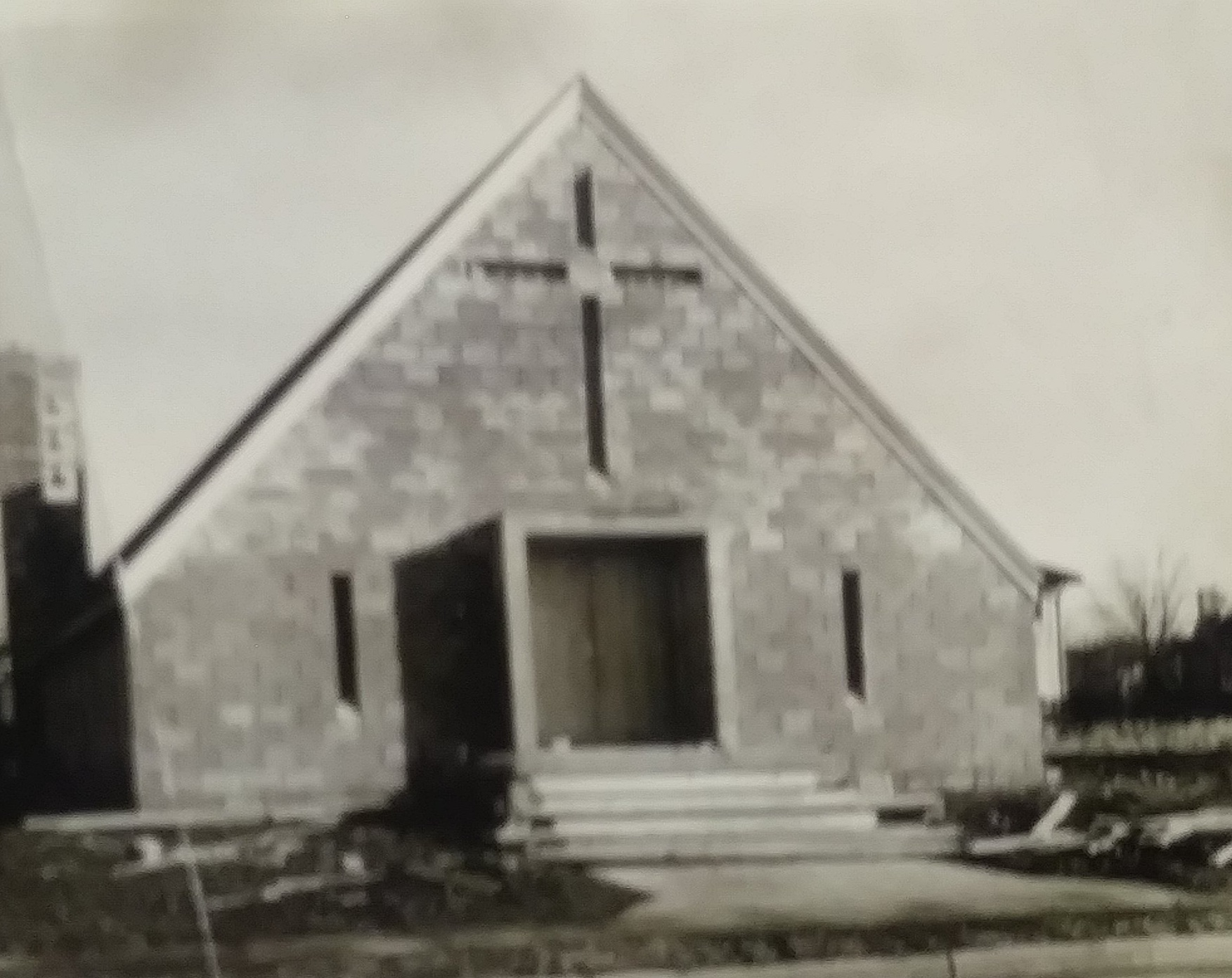

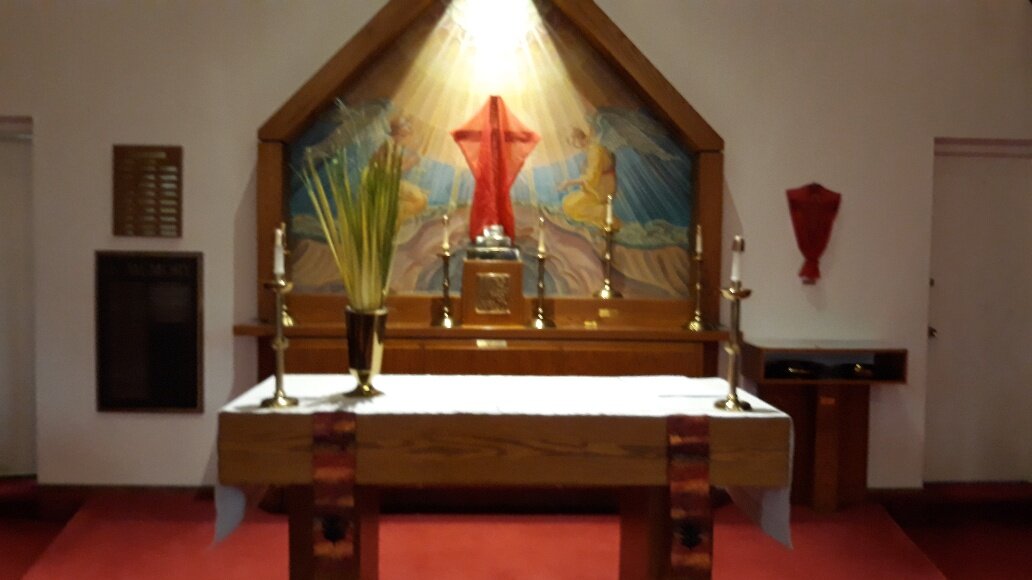
1868: St. Luke the Evangelist was organized in Roselle, NJ
1869: First Episcopalians in Linden gather at the Linden Hotel for services lead by Rev. Earl.
1874: Episcopalians incorporate as the Trustees of Grace Episcopal Church of Linden in the State of New Jersey and gather at Meeker Wood House for worship.
1875: Grace Episcopal Church in Linden, N.J. was build on West Linden Avenue on land donated by Meeker Wood.
1876: New Grace Episcopal Church placed for sale by Sheriff.
1877: Walther Luttgen, a New York Banker and Philanthropist, who lived in Linden and other members of the Church, purchased the church building from the Sherriff.
1886: Grace Episcopal Church was incorporated
1887: Grace Episcopal Church moved from West Linden Avenue to Washington Avenue and Elm Street. Walther Luttgen, the wealthy businessman who rescued the church from the Sherriff’s Sale in 1877, donated the land for the church and had the church building picked up and moved to its new location.
1904: St. Luke the Evangelist moved to a new location on East 4th Avenue in Roselle, NJ
1954: To serve Linden’s new Sunnyside area St. Andrew’s Episcopal Church is started as a mission of Grace Episcopal Church. The Church first gathered at McManus Middle School before purchasing a location at 2018 Dewitt Terrace, Linden.
1967: When the Grace Church community decided that the cost of repair to the downtown Linden building were too expensive, Grace Episcopal Church merged with St. Andrew's Church and moved to St. Andrew’s location at 2018 Dewitt Terrace. The combined community was called Grace Church. When the church built the current parish hall in 1990, it was named St. Andrew’s Hall, to preserve the memory of St. Andrew’s Church.
2000: Grace Episcopal Church and St. Luke's Episcopal Church entered into a shared clergy agreement.
2008: Grace Episcopal Church and St. Luke's Episcopal Church officially merged at the Grace Church location and took the name of The Episcopal Church of St. John the Baptist.
Our Mission
Parish Participation in Union County LGBTQ Day
We at the Episcopal Church of St. John the Baptist are committed to inviting, supporting, and welcoming all people as full members of our church family and worship life, particularly our brothers and sisters who have experienced exclusion because of their sexual orientation or identity and are seeking a safe and affirming spiritual home.
Our Present Church Buildings
Banner of the the Baptism of Christ by St. John the Baptist
The Church
Our present church was built in 1954. The A Frame building seats about 80 people. Our church includes some unique features: a colunbarium behind the altar where the cremains of deceased members lie in repose, a set of stations of the cross painted for the church and a painting of the descent of the Holy Spirit on the reredos.
We are handicap accessible and air conditioned.
The Lady Chapel
In a tradition which dates to the Middle Ages, the church includes a chapel dedicated to Mary, the Mother of God, called a Lady Chapel. Many of the features of the Lady Chapel were originally housed at St. Luke’s Episcopal Church in Roselle including the wooden altar, the candle stand, restored by Barbaranne and Church DiMarco, and the needlework of the Epiphany, reframed and restored through a donation from Elaine Sugzda. The White Frontal was donated by Mildred Stotzer in memory of her son, Frederick Stotzer. Nancy Wall and Kim Cokelet designed and created a set of frontals in the other liturgical colors. The Tabernacle, used to house the Holy Eucharist on Maundy Thursday, was donated by Deacon David Lawson-Beck. The kneeler was a gift from Carl Gincley. The Lady Chapel had been used on Sundays as a Healing Station. The Lady Chapel is also used as a viewing location when the church is used for a wake.
St. Andrew’s Hall
The Church added St. Andrew’s Hall which includes the Office of the Parish Administrator, a rest room, and a space for coffee hour and other gatherings.
The Church Undercroft
The Church’s undercroft housed the original parish hall, a kitchen and two rest rooms. Currently, this space is home to our parish thrift shop which is open on the 2nd and fourth Saturdays of each month.
